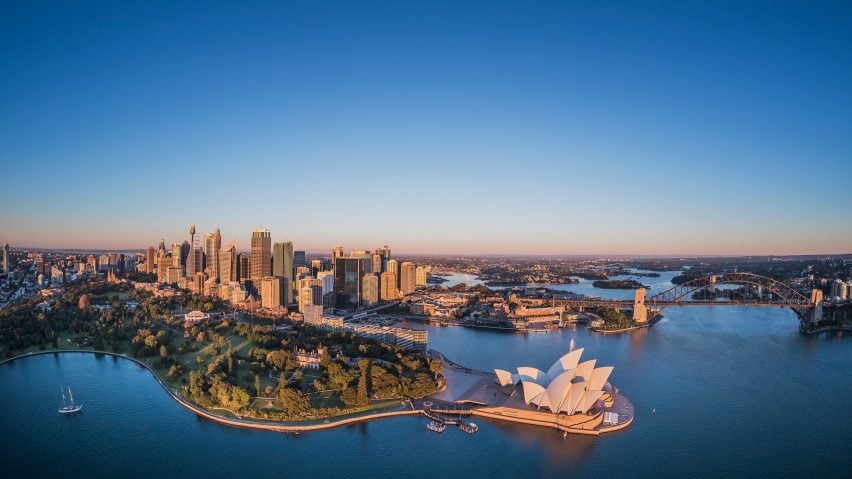
10 key projects by Sydney Opera House architect Jørn Utzon
To celebrate what would have been the 100th birthday of Danish architect Jørn Utzon, we've collaborated with the Utzon Center in Denmark to highlight 10 of his most important projects, including the one everyone knows.
The Pritzker Prize-winning architect is best known for his design of the iconic Sydney Opera House. The building was declared a UNESCO World Heritage Site in 2007 – making Utzon the second person ever to have received this recognition in their own lifetime.
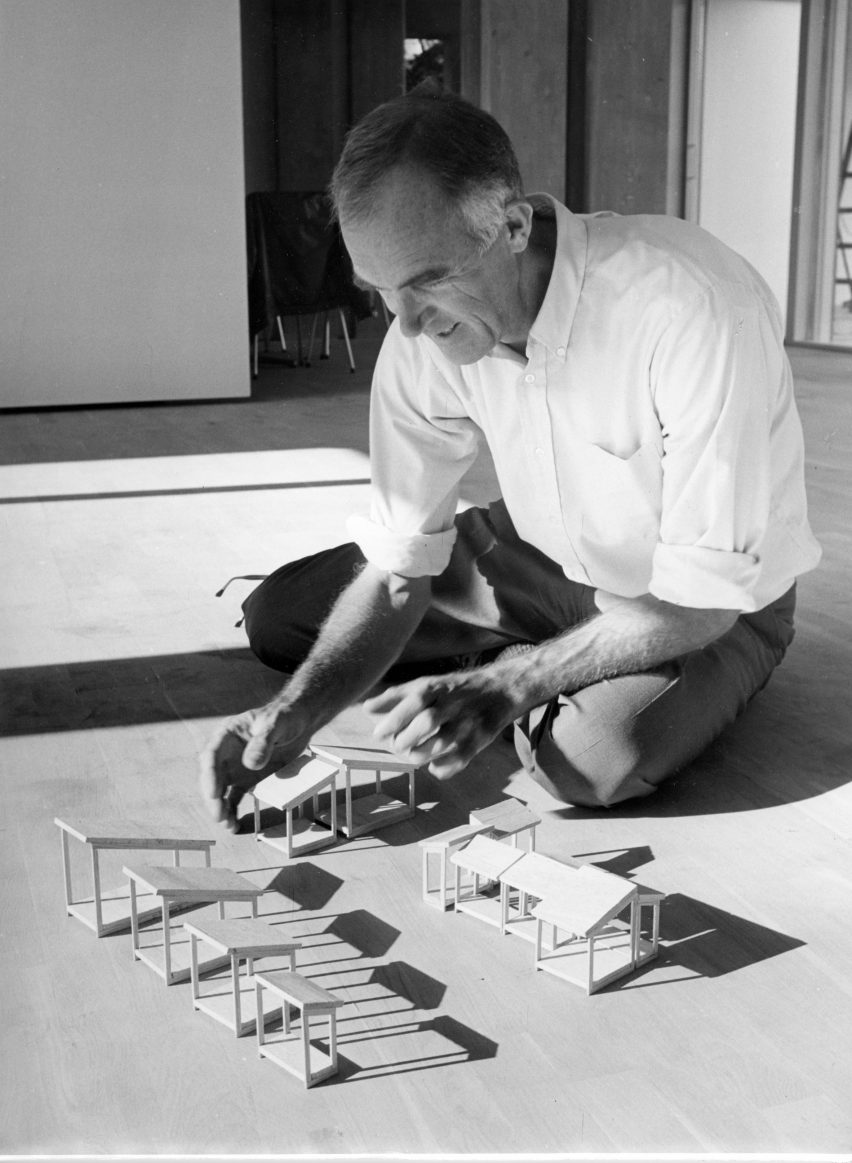
Other notable public buildings by Utzon, who died in 2008, include the Bagsværd Church, which was completed near his hometown of Copenhagen in 1976, and Kuwait's National Assembly building, completed in 1982.
Utzon also designed several residential projects, such as the Fredensborg houses and the Kingo houses in his native Denmark.
He combined his traditionally Nordic concern for nature and social values with design principals he gleaned from the historic architecture of countries such as Mexico, China and Japan.
He coined the term Additive Architecture in a manifesto he wrote in 1970, describing his approach to designing buildings as akin to that of growth patterns in nature, where repeated elements can be added to match the needs of the project.
To celebrate the architect's centenary, the Utzon Center in Aalborg is holding an exhibition as part of the worldwide Utzon100 celebration.
Read on to discover 10 of Utzon's most important buildings:
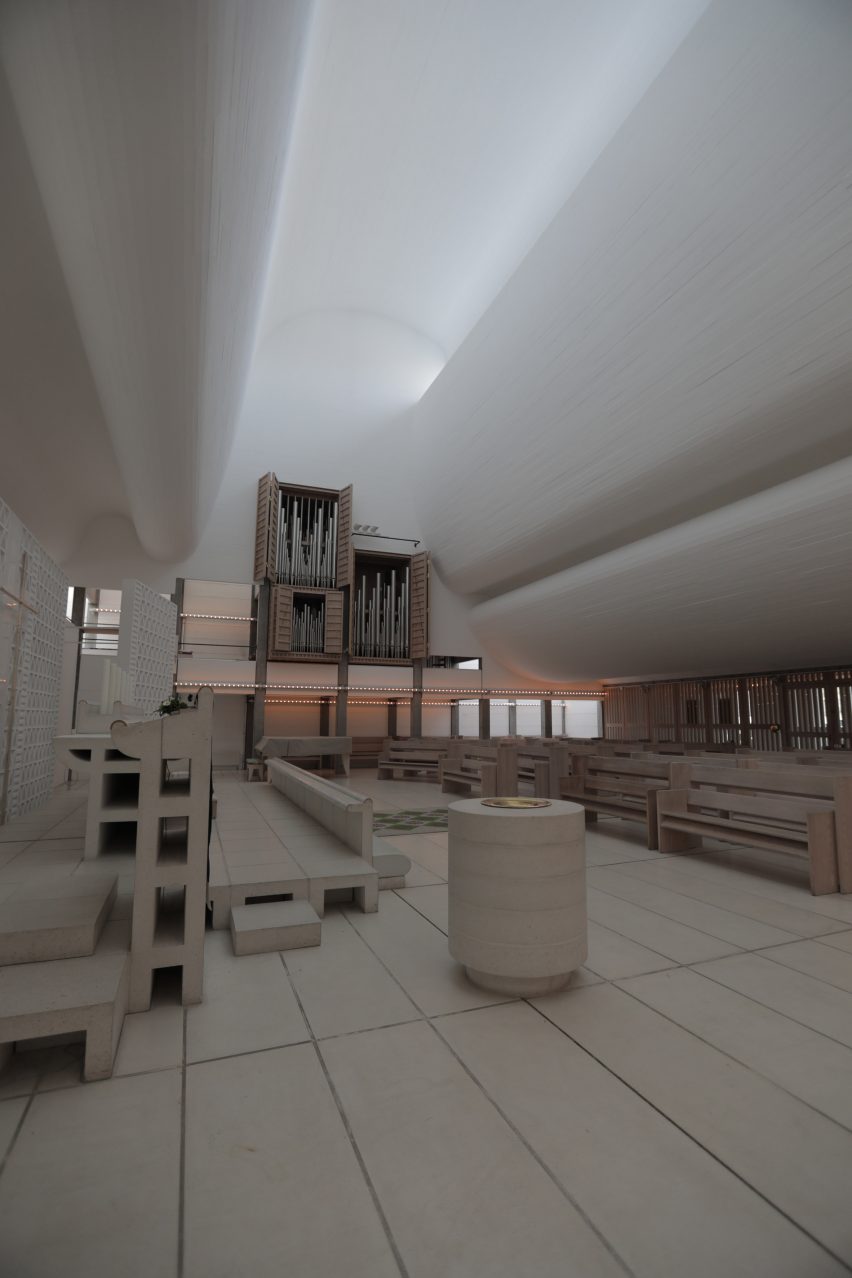
Bagsværd Church, near Copenhagen, Denmark, 1976
Sitting on a narrow urban plot, Bagsværd Church has a rectilinear plan. The Lutheran church's exterior facade is made from panels of prefabricated concrete and glazed white tiles, topped by an aluminium roof. Skylights fill the church rooms with daylight that reflects off the rounded vaulting.
The unique ceiling shape is formed of curving reinforced concrete shells supported by columns. The alter wall is made from slim white bricks arranged in a triangular grid, and the church's organ and pews hewn from light-toned pine wood.
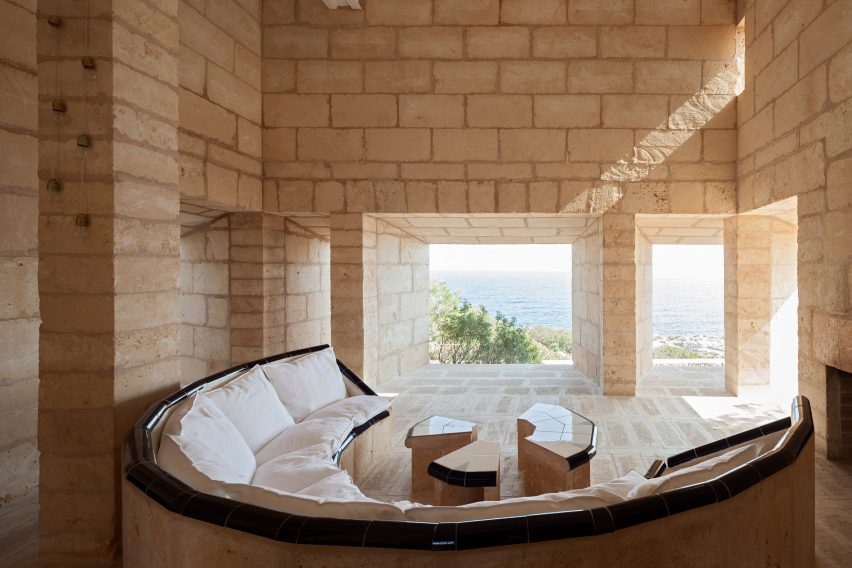
Can Lis house, Majorca, Spain, 1971
Named after Utzon's wife, Lis, Utzon built this summer house near Porto Petro in Majorca for his family. Planned around the family's daily life, Can Lis consists of four separate blocks linked by walls and a courtyard.
The architect used traditional Majorcan materials, namely a local pink sandstone known as marés stone, allowing the house to blend into the landscape. All of the blocks face the sea, but at a slightly different orientations to follow the angle of the cliffs.
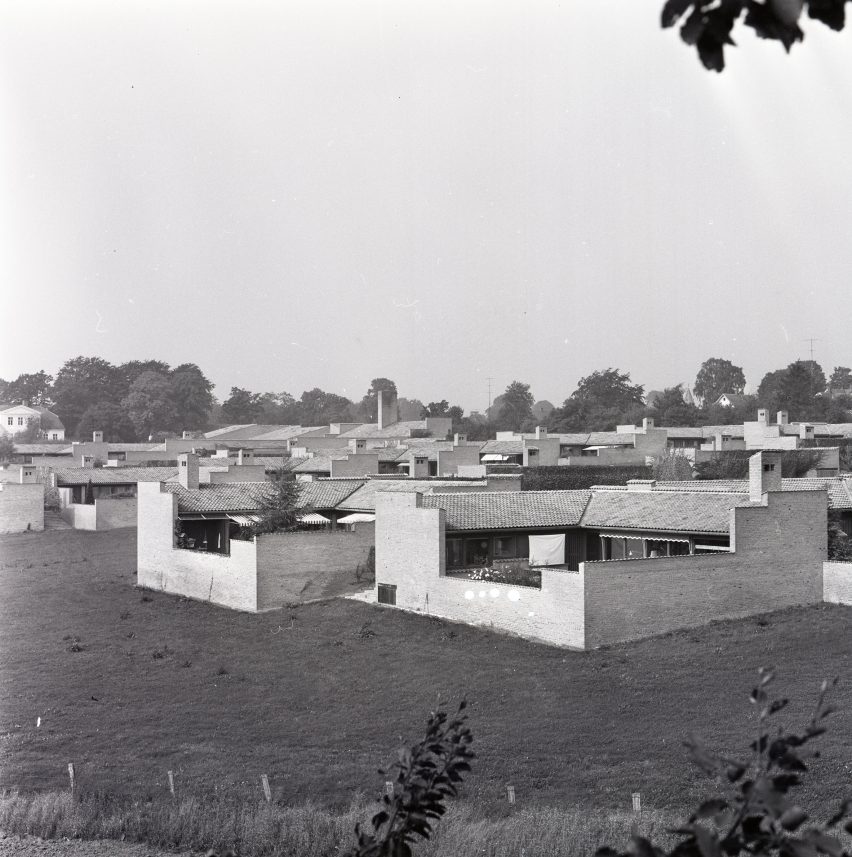
Fredensborg Houses, Frendensborg, Denmark, 1963
This housing complex on the outskirts of the town of Frendensborg was designed to provide homes for Danish pensioners who had worked outside the country for an extended period of time.
Referencing the hutong housing in Beijing's Forbidden City, Utzon arranged 47 courtyard homes and 30 terraced houses around a square in groups of three, along with a central building housing a restaurant, meeting spaces and nine guest rooms. Each L-shaped courtyard house has its own walled garden.
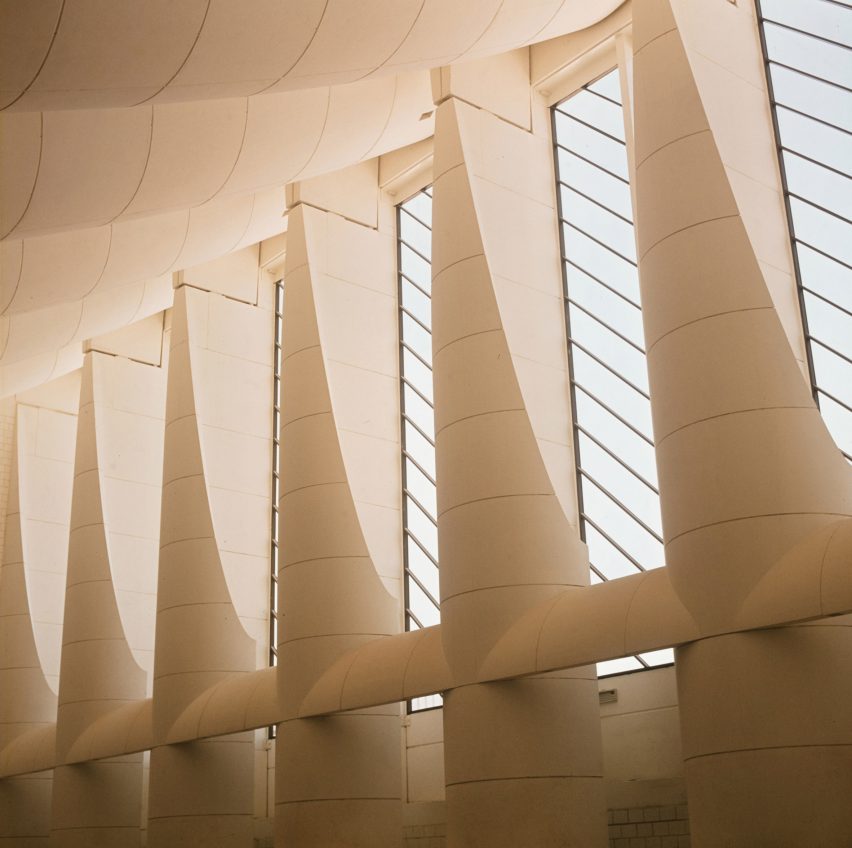
Kuwait National Assembly, Kuwait City, Kuwait, 1982
Designed by Utzon in 1972, the Kuwait National Assembly building was completed a decade later under the instruction of his son, Jan. Informed by Islamic architecture, Utzon conceived the parliamentary building as a walled city in miniature, arranged around a courtyard.
Aside from two of the halls, all of the buildings in the complex are made from prefabricated white concrete with a smooth finish. A public square is covered by a roof that swoops up towards the sea of the Persian Gulf, supported by a double row of concrete columns with semi-cylindrical shells post-tensioned with steel cables.
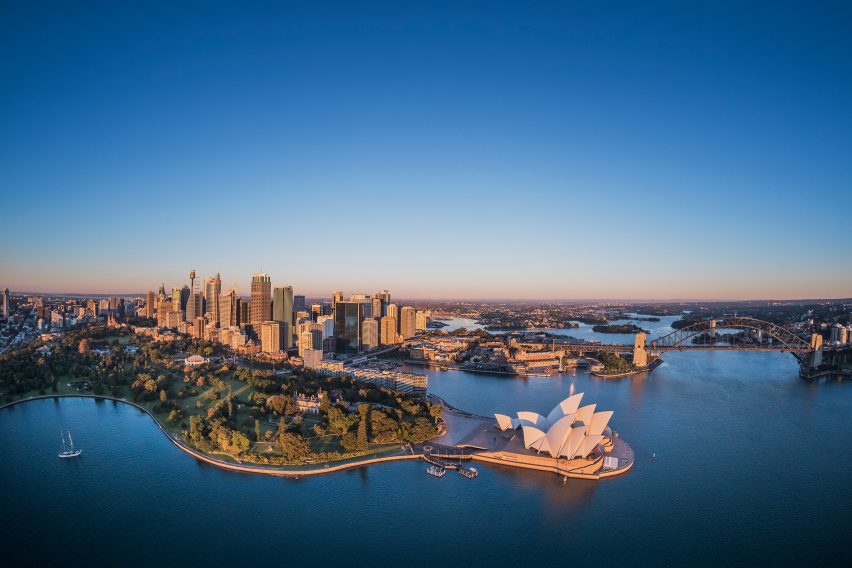
Sydney Opera House, Sydney, Australia, 1973
Utzon's most famous project, and arguably one of the world's most iconic pieces of modern architecture, proved gruelling to complete. The Danish architect won the competition to design the Sydney Opera House in 1957, but resigned from the project in 1966 after concerns over construction costs escalated. The building was completed without him in 1973.
Swooping over the harbour, the Opera House's curving roof shells are formed from precast concrete panels supported by precast concrete ribs, covered in over a million glossy white and matte cream tiles arranged in a chevron pattern. The rest of the facade is covered in panels of pink granite.
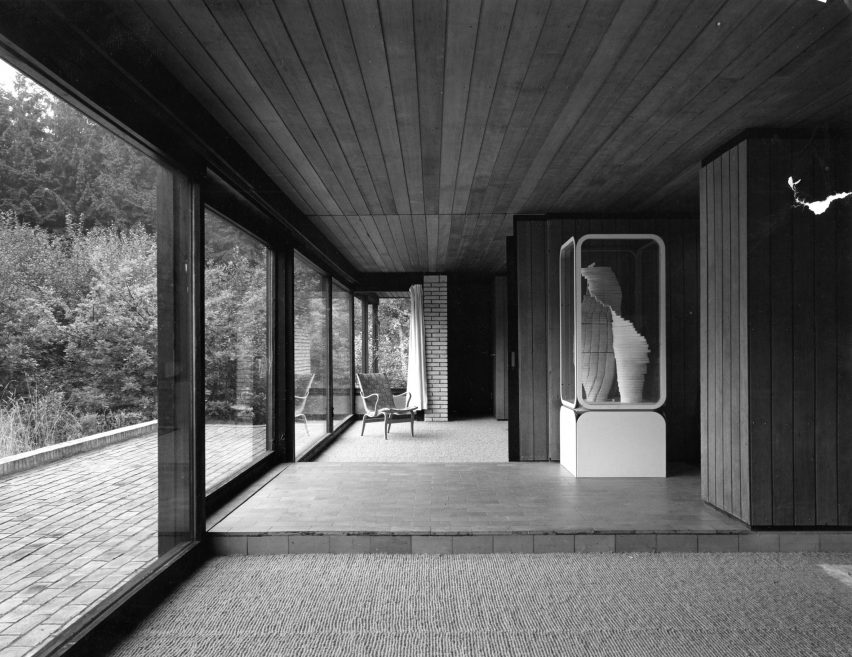
Utzon's House, Hellebæk, Denmark, 1952
One of Utzon's first completed projects was his own house on the edge of a forest in Hellebæk, Denmark. The architect built the residence without using technical plans, employing builders who were prepared to work with him reshaping the design as the building work progressed.
The flat-roofed one-storey building is long and narrow, set on a brick platform that adjusts for the sloping site. One side of the facade is entirely glazed, while the bedrooms only have skylights. Yellow bricks, pine wood and aluminium were used for both the interior and exterior.
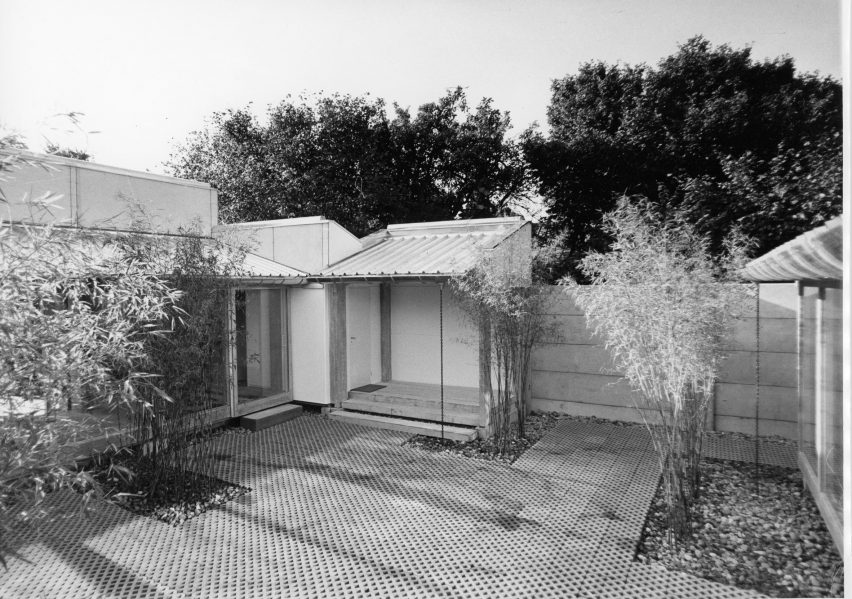
Espansiva system, Hellebæk, Denmark, 1970s
Although it never quite took off, the Espansiva was a modular housing system designed by Utzon to provide clients with fully customisable timber-framed houses. Prototypes featured four basic units, each one raised above the ground on precast concrete pipes and beams.
The floor is made from concrete elements, with four pillars of laminated wood making up each corner. Plywood insulation and roof panels could be covered with materials such as corrugated metal, and glazed sections inserted where desired.
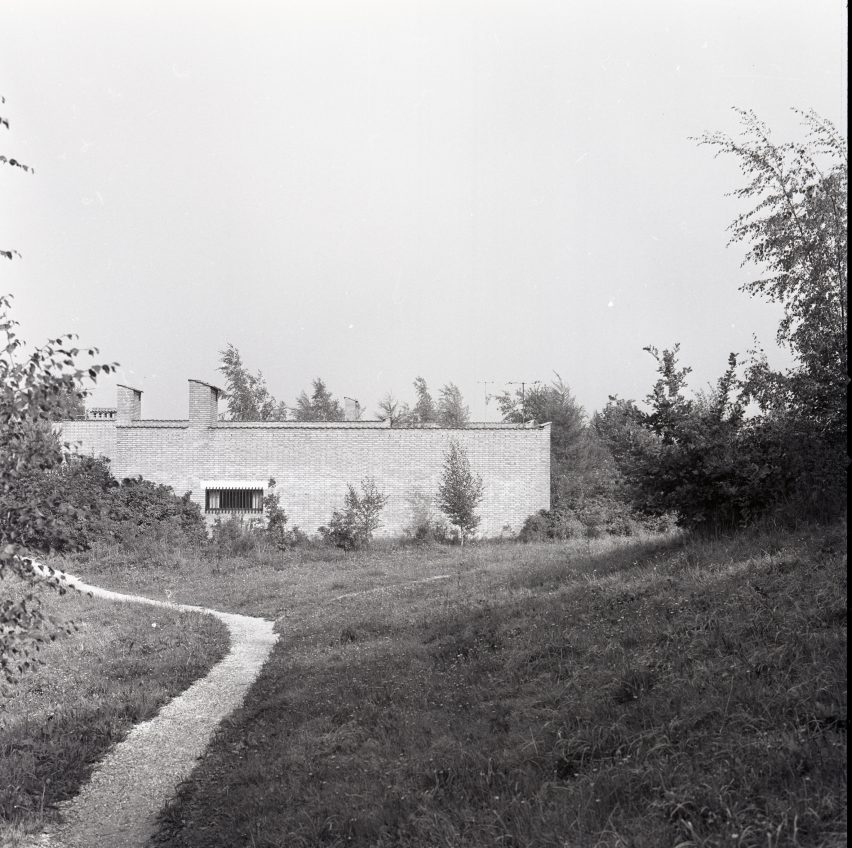
Kingo Houses, Helsingør, Denmark, 1958
For this state-funded development of 60 houses in eastern Denmark, Utzon combined traditional Danish farmhouses with elements from Chinese and Islamic Architecture.
Each L-shaped house opens onto a courtyard protected by exterior walls, forming a square. One wing is dedicated to sleeping quarters, and the other for living. Utzon set the number of bricks to be used for the courtyard walls, but instructed builders to adapt each house to its location on the site.
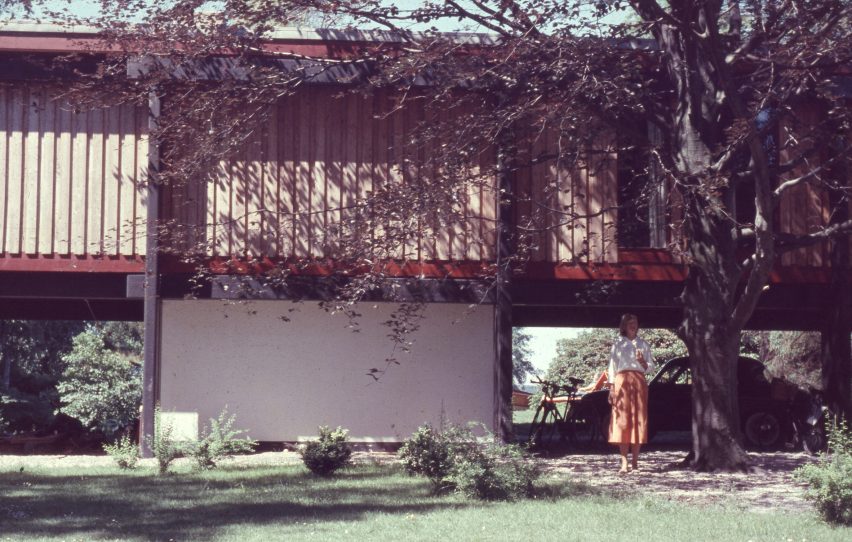
Middelboe House, Holte, Denmark, 1953
Also called the Stilt House, Middelboe house is a private house on the shore of Lake Furesø in a suburb of Copenhagen. The long rectilinear building is raised on precast concrete beams and pillars, creating a covered space underneath that can be used to park vehicles and provides a sheltered place for outdoor living.
The design and layout was informed by Le Corbusier's apartment blocks in Berlin and Marseilles. Upstairs, the first floor is includes a long open-plan living area, bedrooms, and another outdoor space in the form of a balcony. The colour scheme highlights the construction method, with the concrete beams tinged black and the secondary wooden structure of larch painted red.
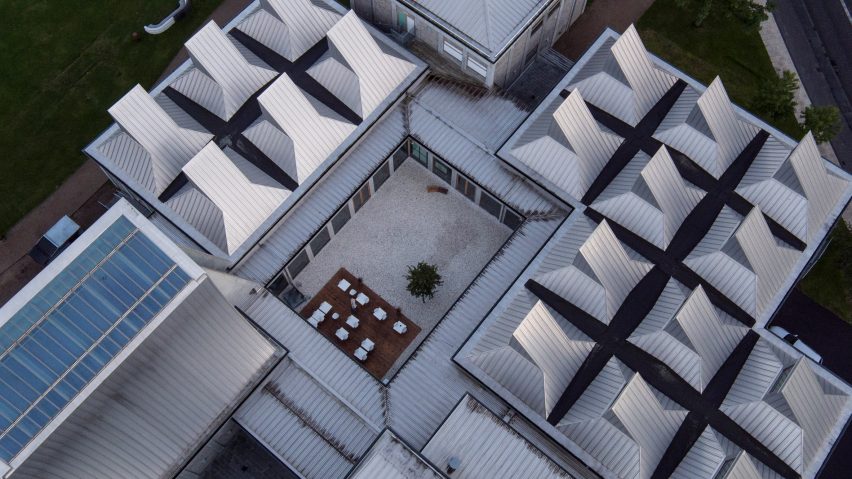
Utzon Center, Aalborg, Denmark, 2008
The last building Utzon designed was the Center for architecture on Aalborg's waterfront, the harbour city where he grew up. The Utzon Center is not a museum so much as a place for architects to gather and discuss. The building was completed by his son, Kim.
Consisting of a cluster of buildings around a platform courtyard, the center has sculptural roofs that curve sharply upwards to create a tented interior space, and some lower roofs with large skylights set into their peaks. Facilities include an auditorium, library and spaces for exhibitions and workshops.
Images courtesy of the Utzon Center.